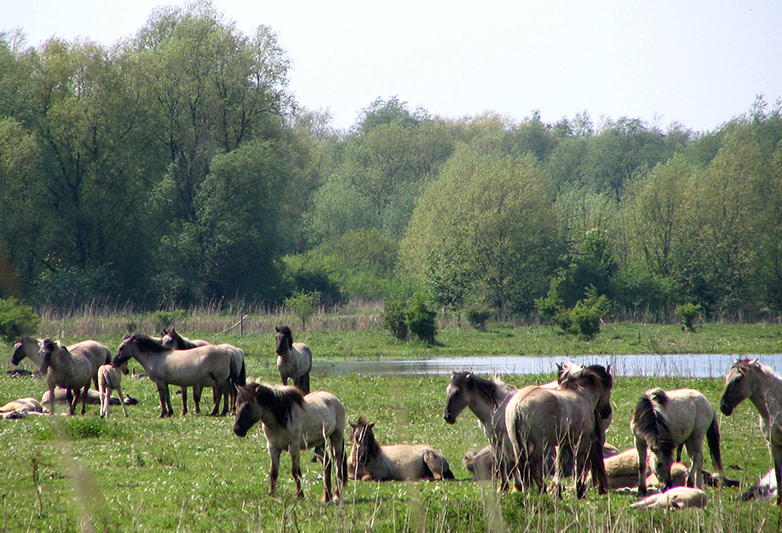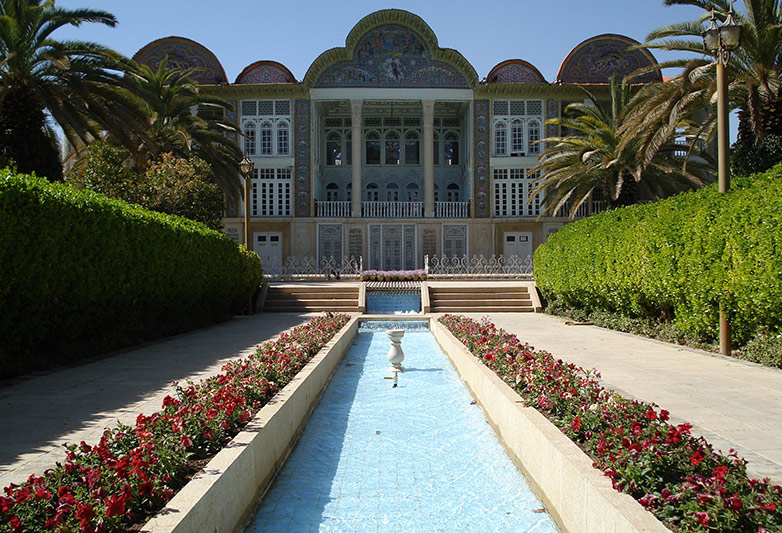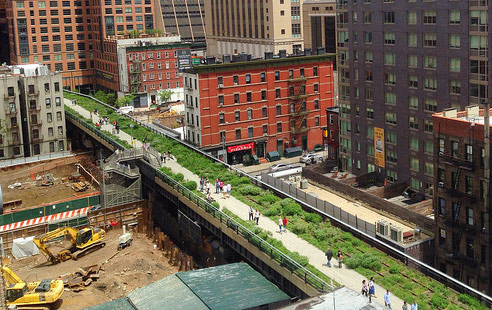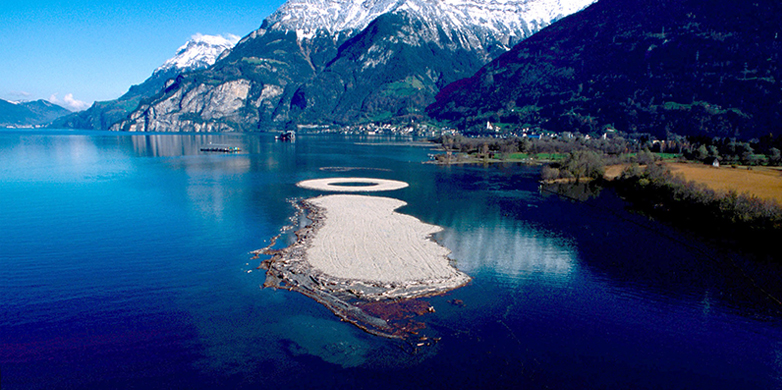Nature conservation as landscape architecture
Conservationists must learn to design the ecological landscape of tomorrow instead of mourning lost nature. Landscape architecture can serve as a model for this.
Climate change, urban sprawl, biodiversity loss: in 50 years the Swiss landscape will be very different. Nature conservationists find this hard to accept. They dream of bygone days – of an uninhabited wilderness or the traditionally cultivated landscape of the 19th century. This is a dangerous mindset. If we want to influence the design of the landscapes of tomorrow, we have to risk seeing them in a new light.
Learning from landscape architects
I have been working as an ecologist in the field of landscape architecture for over a year. It’s good to get a change of perspective. Designers and gardeners can teach conservationists how to devise new landscapes, visualise them and illustrate their potential with pilot projects. This year, I have discovered conservation as a form of landscape gardening. This has given me a new guiding principle: it’s called “risking biodiversity” and means the following.
Creating new nature

Instead of mourning lost nature, we should be excited to invent the ecological landscapes of the future. One example is the Oostvaardersplassen nature reserve to the east of Amsterdam. In the heart of the urban sprawl, a new nature has emerged on a plot of around 56 square kilometres: inspired by the past, but designed by humans. A species of pony has replaced lost wild horses, and a breed of cattle that has been reintroduced into the wild now grazes in the pastures once inhabited by aurochs. White-tailed eagles, ospreys, great egrets and purple herons have settled here of their own accord.
Believing in the positive power of humans

Humans have generally been considered a disruptive factor in traditional conservation. In the future, however, many rare species and valuable ecosystems will be reliant on human care to survive. I am fascinated by the old Persian gardens. More than 2,000 years ago in the heart of the austere semideserts of modern-day Iran, gardeners used sophisticated irrigation systems to create cool, green oases filled with beguiling aromas. Who would rather sit in the dry heat of natural nature than in the shade of cypress trees, orange trees and date palms?
Making the unimaginable tangible

As an empirical scientist I know that innovations cannot be planned; rather, they tend to arise through creative experimentation. The High Line in New York City – a more than two kilometre long, elevated section of disused railway line in the heart of Manhattan – was slated for demolition. Instead, a citizens’ movement ensured that it was transformed into a long, narrow park running high above the city and naturally planted by Dutchman Piet Oudolf. Today, the High Line is one of the city’s most important attractions. The green strip has revitalised entire neighbourhoods. What was previously inconceivable now seems indispensable.
Thinking big
Much of Switzerland’s functional nature has already been destroyed and large-scale projects will be required to replace it. One example is the decline of pollinator habitats: in large parts of the agricultural landscape, honey bees and wild pollinator insects are struggling to survive as monocultures bloom only during short intervals throughout the year. Extensive investment will be required to ensure that cultivated landscapes can again provide a habitat for insects all year round. Such projects require courage and a shared vision, as we have seen with infrastructure projects such as recent investments in the Swiss railways network (like the NEAT tunnels).
Get inspired on long winter evenings
The end of November marks the beginning of the long, cosy winter evenings. Anyone who reads gardening books will be quick to note that winter does not signify lost time. It gives us the chance to collect ideas and to dream. [2] Next spring we can begin to design a future Swiss landscape that is both rich in species and ecologically valuable.
Further information
[1] For more details please see (in German): Kueffer, C. 2016. “Biodiversität wagen. Neue Ansätze für den Naturschutz im Zeitalter des Anthropozäns.” In: ILF (ed.). Landschafts- und Freiraumqualität im urbanen und periurbanen Raum. Bern: Haupt Verlag, p. 74-87. external pageLinkcall_made
[2] Inspiration can be found, for example, in «external pageNatur schaffencall_made» by Gregor Klaus and Nicolas Gattlen (Haupt Verlag, 2016, in German).

